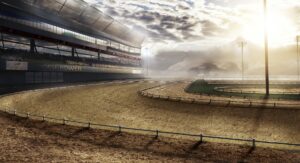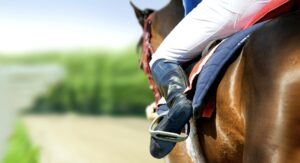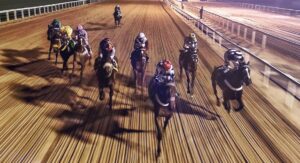The Influence of the Sire
The inclusion of sire statistics in race research has become increasingly evident in recent years, but its importance is still routinely under emphasised and there remains scope to benefit from in depth analysis into sire preferences and trends.
Why the Sire Matters
Horses are predominantly fine-tuned animals who display a preference for racing over certain distances and under particular ground conditions. These predilections are typically transferred through the bloodline from the horses’ parents – the sire (father) and dam (mother).
As sires can father hundreds of progeny, they are generally the focal point of research as the larger numbers often provide strong trends (that being said, it is always worth assessing the dam’s sire and dam’s offspring to try and identify any clues)
Horses come in all different shapes and sizes and their body composition is generally conducive to being effective over a particular range of distances.
To put into context and provide a human analogy, we can compare Usain Bolt and Mo Farah.
Bolt is the 100/200m Sprint Olympic champion. While he is unnaturally tall for a sprinter, he is extremely strong carries a lot of lean muscle mass. Mo Farah, 5000/10000m Olympic champion is much lighter and carries far less muscle as he runs at a slower speed, but requires the endurance to keep up the pace for longer.
Muscle is good for explosive power, but can become detrimental to performance after a certain distance as it requires oxygen to function efficiently.
Now, if Usain Bolt and Mo Farah were to have children of their own, it would be logical to think that due to their genetic make-up and stature that each child would exhibit a predisposition to being more effective at racing over a distance similar to their parent. The same principle applies to horses, but there is a much stronger correlation with equine breeding.
Racing on suitable ground can be crucial to the success of a horse. Sire’s progeny often demonstrate a strong preference for a particular type of underfoot surface.
In this article, we are going to look into four different factors that are generally influenced by a horse’s sire:
- Distance preference
- Ground preference
- 2yo’s and debutants
- Training on
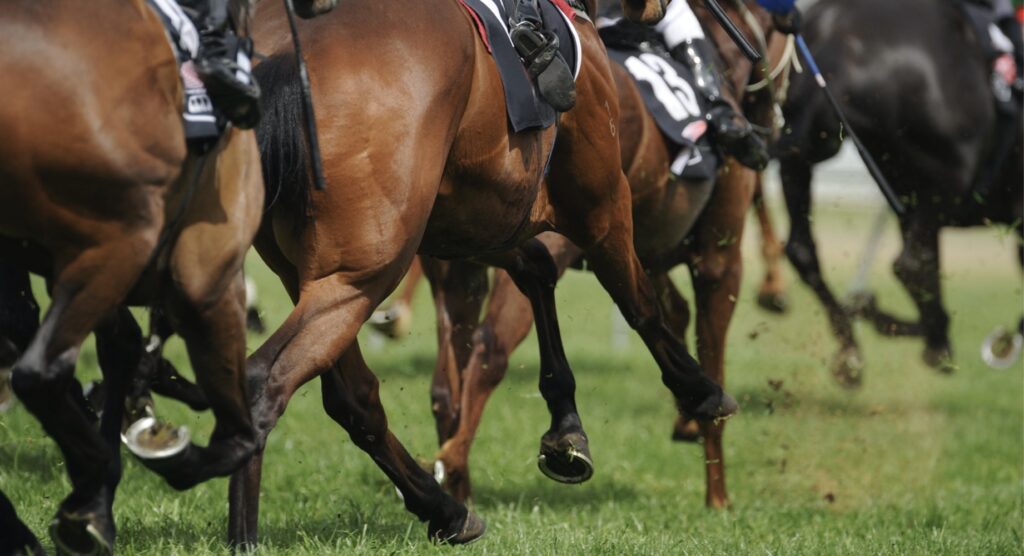
Distance Preference
Taking a look at the top performing sire’s for two very different distances that horses run over on the flat, we can see:
5f
| Sire | Runners | Winners | Strikerate | A/E* |
|---|---|---|---|---|
| Orpen | 343 | 38 | 11.80% | 1.40 |
| Lucky Story | 297 | 41 | 13.80% | 1.37 |
| Dutch Art | 222 | 49 | 22.70% | 1.28 |
14f+
| Sire | Runners | Winners | Strikerate | A/E |
|---|---|---|---|---|
| Dubawi | 405 | 80 | 19.75% | 1.40 |
| Kalanisi | 389 | 56 | 14.40% | 1.39 |
| Mujahid | 263 | 31 | 11.79% | 1.34 |
*A/E refers to the actual number of winners, divided by the expected number of winners based on odds. This is the measurement of value, with any figure over 1 being positive, and any figure under 1 being negative.
The data shows that different sires excel over different distances. This lends itself to the argument that horses are very fine tuned animals and their breeding can have a big influence on their optimal distance.
Ground Preference
Again here we take a look at the sires of recent years who have excelled/performed poorly in a variety of underfoot conditions. It is beneficial to look at the extremes here; good to firm/firm ground and soft/heavy ground.
Good ground is often perceived as the fairest, most preferable surface, and horses that have a preference for more extreme conditions can sometimes get away with running on the surface.
Good To Firm/Firm Ground
| Sire | Runners | Winners | Strikerate | A/E |
|---|---|---|---|---|
| Midnight Legend | 332 | 47 | 14.16% | 1.25 |
| Alderbrook | 374 | 53 | 14.17% | 1.24 |
| Sleeping Indian | 416 | 45 | 10.82% | 1.21 |
| Singspiel | 1309 | 192 | 14.67% | 1.2 |
| Excellent Art | 392 | 39 | 9.18% | 0.82 |
| Diktat | 1396 | 95 | 6.81% | 0.79 |
| Camacho | 413 | 37 | 8.96% | 0.78 |
| Oscar | 798 | 60 | 7.52% | 0.69 |
Soft/ Heavy Ground
| Sire | Runners | Winners | Strikerate | A/E |
|---|---|---|---|---|
| Sulamani | 185 | 39 | 21.08% | 1.61 |
| Excellent Art | 312 | 51 | 16.35% | 1.44 |
| Cloudings | 834 | 113 | 13.55% | 1.41 |
| Authorized | 289 | 58 | 20.07% | 1.27 |
| Halling | 616 | 50 | 8.12% | 0.77 |
| Street Cry | 237 | 19 | 8.02% | 0.76 |
| Spectrum | 390 | 25 | 6.41% | 0.76 |
| Exceed and Excel | 444 | 34 | 7.66% | 0.74 |
| Zamindar | 197 | 12 | 6.09% | 0.69 |
The tables show that there is no crossover between horses who excel on the fast ground and those who excel on soft ground. This reinforces the hypothesis that horses generally display a fairly evident ground preference.
Further illustrating this point is the sire Excellent Art, who appears towards the top of the table of horses who are profitable on slow ground, but is also listed towards the bottom of the fast ground table, implying the horse is particularly unprofitable on surfaces that are quick.
Having access to tables which identify the extremes in performance of a variety of sires under different ground conditions can prove useful on its own. However, having the capacity to-cross reference and compare sire’s performance under contrasting conditions can enable us to establish the extent to which the offspring are reliant upon having certain ground in order to produce optimal performance.
Access to this information can be extremely advantageous from a value betting perspective.
This can be particularly useful with 2yos and younger horses who have not displayed a clear preference for certain conditions due to their lack of racecourse runs.
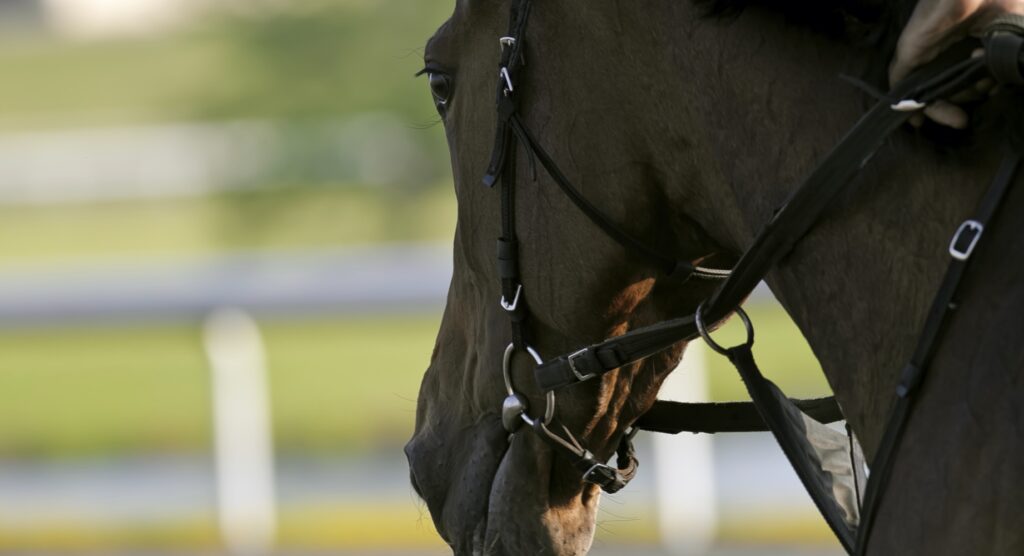
2yo’s and Debutants
2yo races are some of the most intriguing contests in the racing programme. The possibility of unearthing the next superstar as a juvenile is certainly appealing.
Typically, they do not attract as much betting interest as big handicap races as it is difficult for bookmakers to accurately ascertain levels of ability of unraced horses.
Odds are mostly compiled on the back of previous horse form (in 2yo maidens, there will usually be a number of debutants racing against horses with a range of previous experience), trainer trends, pedigrees and sire statistics. Here we are concentrating on the pedigree of the horses to identify any trends that can be beneficial.
Whilst there is some correlation between a horse’s price and its latent ability, it is not linear and obtaining an expensive purchase does not always guarantee success.
There are certain sires who have a knack of producing winning 2yo debutants, and those who don’t;
| Sire | Runners | Winners | Win S/R | A/E |
|---|---|---|---|---|
| Kodiac | 233 | 31 | 13.30% | 1.61 |
| Street Cry | 148 | 24 | 16.22% | 1.53 |
| Elusive Quality | 140 | 27 | 19.29% | 1.46 |
| Footstepsinthesand | 220 | 23 | 10.45% | 1.43 |
| Dylan Thomas | 100 | 4 | 4.00% | 0.67 |
| Byron | 136 | 4 | 2.92% | 0.61 |
| Nayef | 199 | 7 | 3.52% | 0.58 |
| Needwood Blade | 118 | 0 | 0 | 0 |
The sire Kodiac is prolific with first time out 2yos, with its offspring winning 61% more often on debut than they should do. Conversely, a sire such as Nayef, has struggled to produce many 2yo debutant winners, with the runners winning just 58% of races they should win.
Training On
The term ‘training on’ refers to whether a horse has retained its ability from one year to the next. Some horses are slow learners, improving with age, whilst others are sharp and perform at their best in their juvenile season.
Taking a look at two sires, Shirocco and Kodiac, we see a contrast in their performance as their offspring age:
Shirocco
| Age | Runners | Winners | Strikerate | A/E |
|---|---|---|---|---|
| 2 | 176 | 11 | 6.25% | 0.96 |
| 3 | 429 | 46 | 10.72% | 0.98 |
| 4 | 268 | 37 | 13.81% | 1.06 |
| 5 | 121 | 23 | 19.01% | 1.24 |
Kodiac
| Age | Runners | Winners | Strikerate | A/E |
|---|---|---|---|---|
| 2 | 1178 | 165 | 14.01% | 1.16 |
| 3 | 832 | 88 | 10.58% | 0.94 |
| 4 | 340 | 25 | 7.35% | 0.8 |
| 5 | 168 | 11 | 6.55% | 0.78 |
Shirocco’s runners get better with age. Their strike-rate improves and the number of actual winners compared to expected winners gets better. The offspring are likely to need time to mature and do better over middle distances. Kodiac’s progeny on the other hand, regress with age – having a lower strike-rate and A/E.
This information can be used when a horse is returning season on season. If a horse by Shirocco showed ability as a juvenile, it may well improve over the next year or two and could be followed.
Conversely, it is perhaps worth treating a Kodiac runner with caution when returning for its 3yo or 4yo season after running well at 2, as there is a good chance the horse may have reached its peak and will regress.
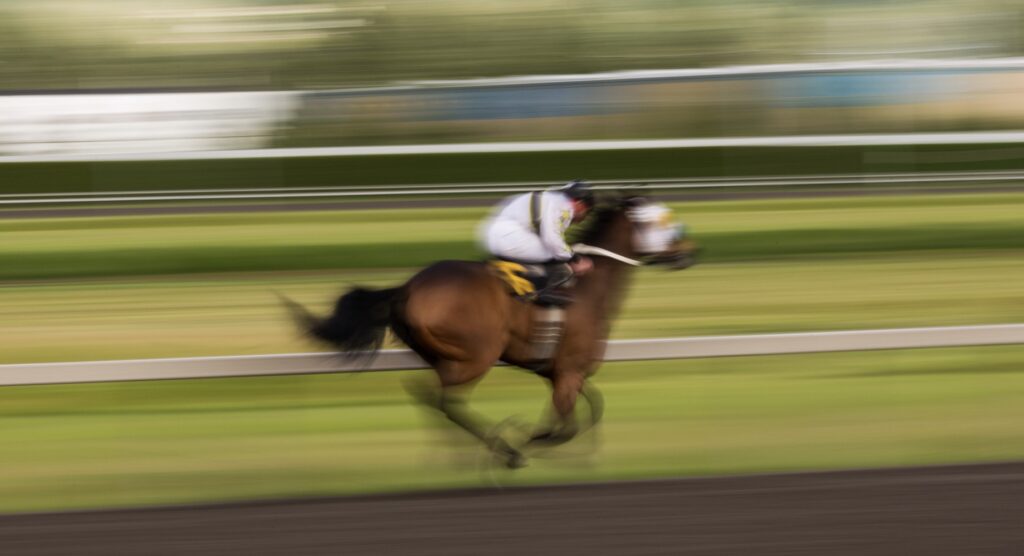
Final Thoughts
Sire statistics should always be considered when analysing a race, with distance, ground, age and ability to win on debut all factors that should be considered.
There are some horses that defy their pedigrees and run well under conditions that are expected to be sub-optimal, but for the most part, these runners conform to the predications of their parents.

